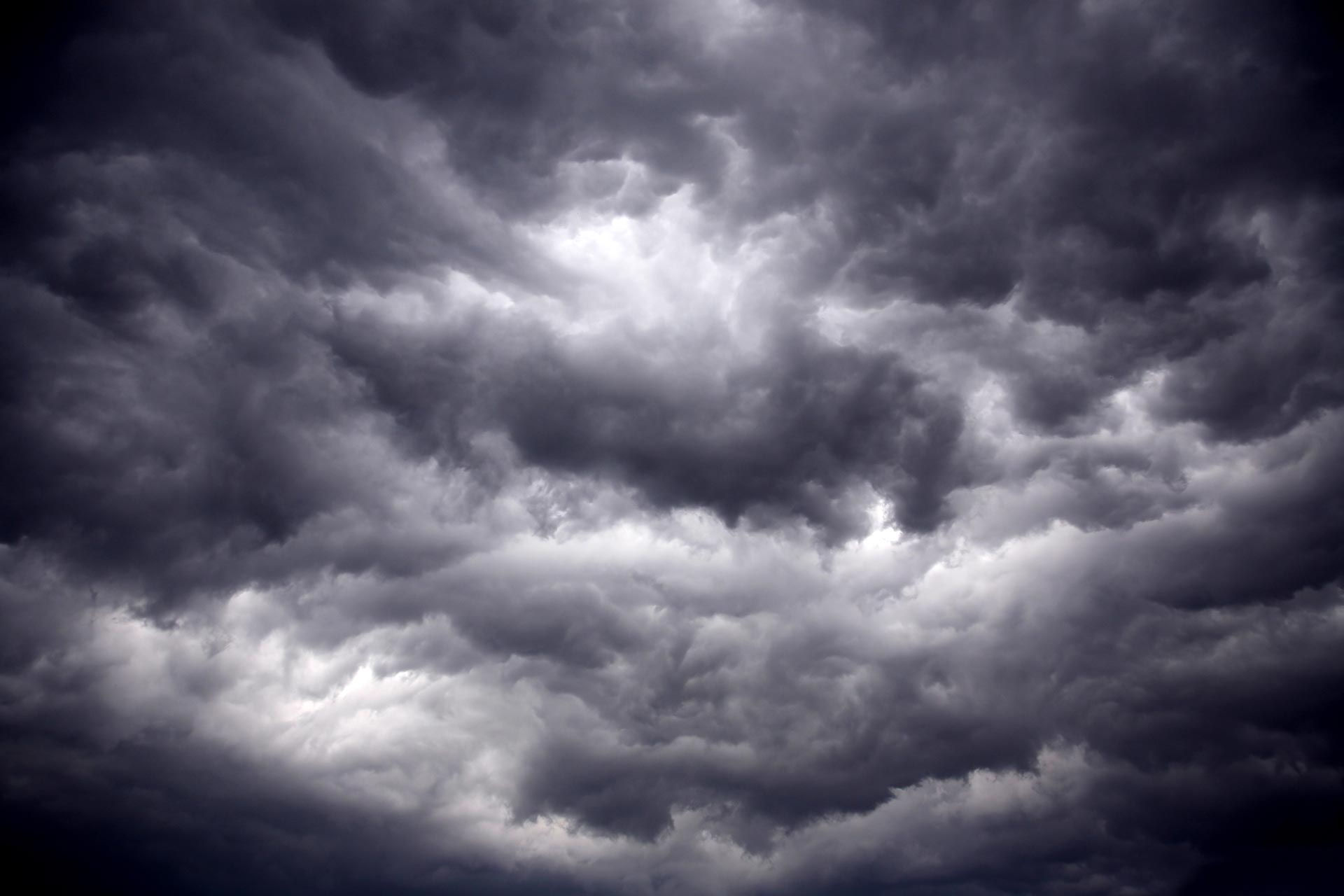STEVE'S WILD WORLD OF WEATHER...

When I'm wondering about weather folklore and historical events this is the man I go to. With more than 50 years of statistical and observational research, he's the dude! When it comes to lunar cycles, woolly bear caterpillars, insects, bugs, and animals, he tracks them, records them, and establishes ties to weather patterns. Only one person takes climatology to a level like this. He's even earned a lifetime achievement award from the National Weather Service for his devotion to data and science. His name is Steve Gottschalk by way of Lowden, Iowa. He's a knowledgeable and interesting man. I'm grateful to him for lending his unique perspective to the site. Steve's "wild" world of weather can be found regularly right here on TSwails.com. Take it away Steve!
A LATE SUMMER HEAT WAVE
My weather station recorded 4 consecutive days with 90 degree readings from Sept. 30th - Oct. 3rd. 3 of those days had or tied record highs. I now have 42 days with highs of 90 or warmer, the normal is 17 days. I have never had 4 straight days with 90's so late in the season. I have had 2 consecutive days and that was back on October 1st and 2nd of 1976. That year was during a developing El Nino, too.
Very unusual was the fact this was the 3rd time during the past 5 years that we had a 90 degree reading on Sept. 30th. The other 2 times was back in 2019 and 2021. It this the new normal?
THE LAST THUNDERSTORM IN SEPTEMBER AND THE FIRST SNOWFALL

A few weeks ago a friend asked me if I had ever heard this folklore "After the date of the last thunderstorm in September, you will see the first snowfall 6 weeks later." The last thunderstorm I recorded was on the 26th which would make the first snowfall on Nov. 7th. I did some research using 33 years worth of data on this folklore and found that you are more likely to see your first snowfall 8 weeks after the last storm. That would be Nov. 21st.
WINTERS ENDING IN 4's?
With our upcoming winter ending with a 4, I decided to see if there was any correlation to winter's ending in a 4 (2024 in this case). Going back through the state's temperature records that go back to 1873, I found that 60% of the winters ending with a 4 were normal to colder than normal.
I checked out snowfall too while I was at it. The state's snowfall records go back to the late 1880's. I found that 60% of those winters had below normal snowfall. However, since 1970, the snowfall tended to be normal to above normal.
THE ENSO INDEX AND WINTER
The final ENSO or El NINO index for the period of June, July and August was 1.1. I found that number (or a higher one during that period), on only 6 other years. On 5 of those 6 years, the winters were warmer. As far as the snowfall goes, 4 of those 6 years had normal to above normal snowfall.
EL NINO'S AND SNOWFALLS
I was wondering about the El Nino's winters and their snowfalls. Looking at the 19 years with El Nino's since 1950, the trend was for below normal snowfall.
CRICKETS AND SNOWFALL

There are quite a few crickets around this season which would indicate normal to above normal snowfall this winter.
EL NINO'S AND DRY SUMMERS
It's very unusual to have a drought year with a developing El Nino. Of the 19 years since 1950 with this happening, I found only one other year like this with drought conditions and that was back in 1991.
WATCHING FOR THE WOOLLY BEARS

I have had 6 woolly bear reports so far and they are all saying a warmer winter. I haven't seen any yet. I will continue to look for them.
That's all for this edition. On the "wild" side of weather, I'm Steve Gottschalk.













留言